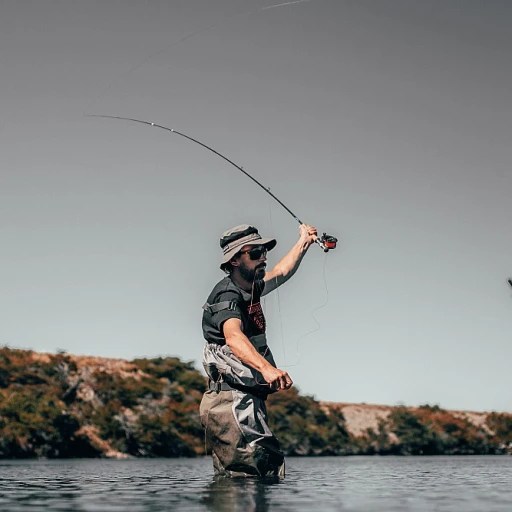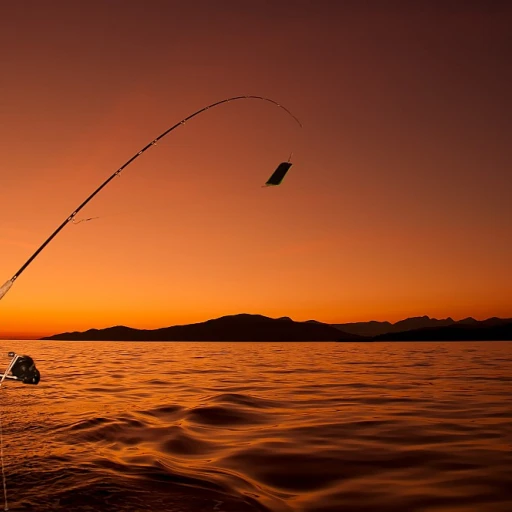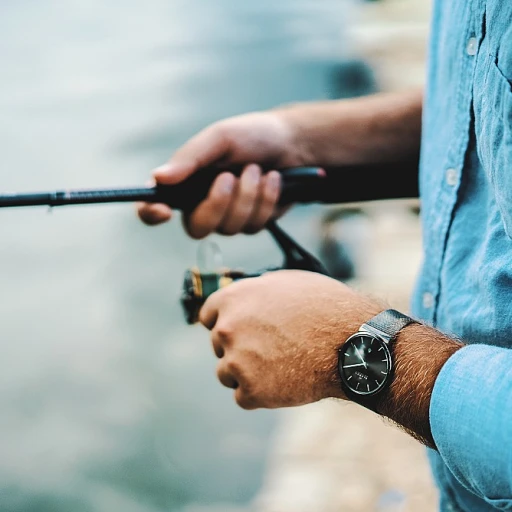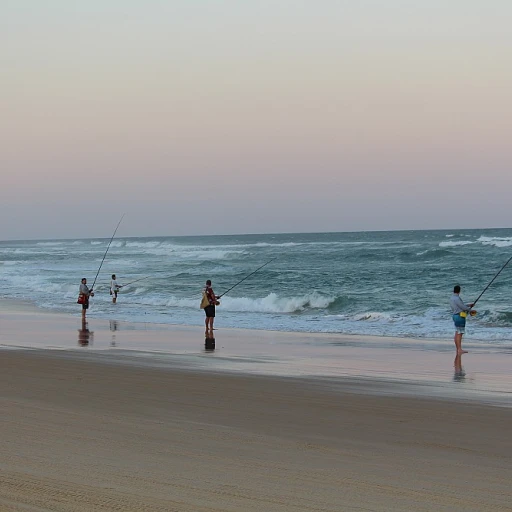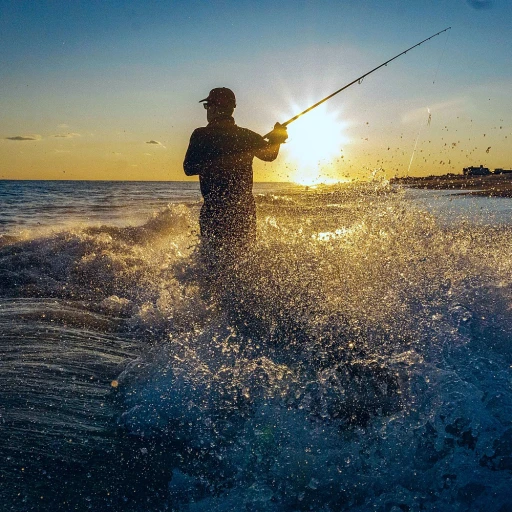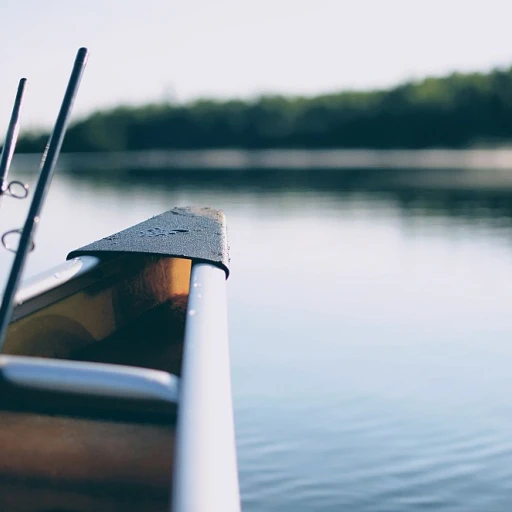
Understanding Dyneema in Fishing
The Role of Dyneema in Modern Fishing
Dyneema is renowned in the world of recreational fishing for its exceptional properties. Often likened to the superman of fibers, its high strength-to-weight ratio makes it an ideal choice for various types of fishing activities. Leveraging such a strong and lightweight material helps to gain advantages over traditional ropes and lines.
Its applications span beyond being just a mainline; Dyneema is frequently used in splicing, particularly for eye splices. The fiber's ability to bear substantial load with minimal stretch is noteworthy. This load-bearing characteristic is essential when crafting secure ends in rigging, allowing fishermen to rely on their setup when it matters most.
Incorporating Dyneema into techniques such as splice brummel or stitching brings about its own advantages. These methods, whether it be the brummel splice or lock stitching, enhance the tether’s effectiveness, guaranteeing the knots are as strong as they are practical. Dyneema’s role cannot be understated in the creation of soft shackles or when performing a brummel lock or a bury brummel.
Further exploration of these techniques will illustrate how the core attributes of Dyneema simplify the process of making a durable connection. This array of methods solidifies Dyneema's pivotal role within the fishing community, fulfilling demands for strength and reliability. Understanding inflatable boat registration plates is equally significant as these techniques intertwine with boating and fishing endeavors.
The Brummel Splice Technique
Mastering the Brummel Splice Method
The Brummel splice is a favored technique in recreational fishing for its strength and reliability. This method involves interlocking the ends of the Dyneema rope to form a secure connection without requiring additional knots. The brummel lock effectively holds the splice, making it highly resistant to slipping even under substantial load. To execute the Brummel splice, one must begin by creating a loop, or brummel eye, in the rope. The ends are then intricately joined, with each message location passing through the other to form a locked structure. This is followed by the burying process, where the tail is buried within the rope, further enhancing the security of the splice. The lock stitch adds an extra layer of security, ensuring that the splice remains intact even under prolonged and strenuous use. This approach is favored in applications requiring high load capacity, such as rigging setups and eye splices, because of its proven durability and maintained strength. While the Brummel splice may initially appear complex, it provides a practical solution for creating reliable and long-lasting connections in fishing lines. This makes it an essential skill for any angler who frequently engages in splicing and requires secure rigging. Curious about further enhancing your gear? Learn more about electrofishing gear for enthusiasts.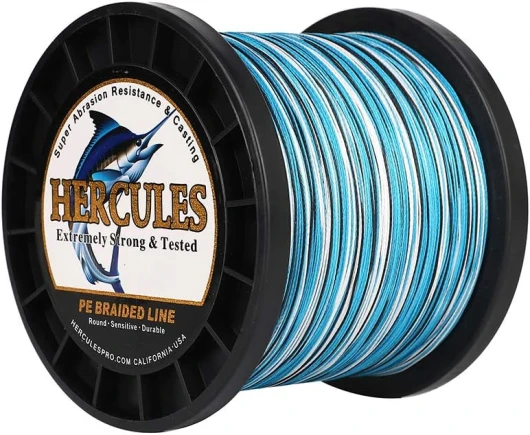
- + Cost-effective for budget-friendly fishing
- + Available in multiple strengths from 10LB to 300LB
- + Suitable for salt-water fishing
- + Multiple lengths including 109/328/547/1094 Yards
- + Hi-grade performance for reliable use
Stitching Techniques for Dyneema
Exploring Stitching Techniques for Secure Dyneema Connections
Stitching techniques present a compelling alternative to traditional splicing methods when it comes to working with Dyneema in recreational fishing settings. Unlike the Brummel Splice, which relies on interlocking loops to form a strong connection, stitching involves using a needle and high-strength thread to bind and secure sections of rope or line, forming a durable bond. The strength of a stitched Dyneema connection is primarily dependent on several factors:- Load Distribution: Proper stitching evenly distributes the load across the fibers, reducing stress concentrates that could potentially weaken the line.
- Thread Selection: Using a high-quality, durable thread that can withstand environmental factors without degrading is crucial for ensuring longevity.
- Techniques and Patterns: Employing the right stitching pattern, such as a lock stitch or the sewing of a brummel eye, strengthens the join and reduces the likelihood of slippage.
Comparative Analysis: Brummel vs Stitching
Weighing the Techniques: Efficiency and Reliability
When comparing the Brummel splice and stitching methods for working with Dyneema, several factors come into play, such as load strength, reliability, and ease of use.- Brummel Splice Advantages:
- The Brummel splice is celebrated for its creation of a strong eye splice without the need for additional knots. This technique allows for a seamless lock while maintaining the rope's integrity.
- Its capacity to manage long bury lengths ensures the splice remains secured under heavy loads, ideal for extreme recreational fishing environments.
- The Brummel lock offers an intuitive click expand effect, which reassures users that their setup is secure.
- Stitching Techniques Benefits:
- Stitching involves detailed lock stitching practices that fortify the splice. It permits finer adjustments and offers versatility in various fishing rigging scenarios.
- With the use of stitching, you can achieve a tailored lock stitch that precisely adjusts to your fishing needs, complementing structures like soft shackles and knots.
Choosing the Right Technique for Your Needs
Making the Decision: Brummel or Stitching?
Choosing between Brummel and stitching techniques for joining Dyneema can heavily influence the efficiency and strength of your fishing rig. Each method offers unique advantages, and understanding which is best for your specific needs involves evaluating several factors.- Strength Requirements: Brummel splice procedures, including eye splices and Brummel locks, provide reliable strength due to the secure lock they create. For heavy load situations where the fishing rope needs to bear significant stresses, this could be the ideal splicing option.
- Simplicity and Speed: If you require a quicker solution or frequently find yourself in the field needing to perform splicing, stitching may be more practical. Stitching, particularly with lock stitching, offers more ease and speed, though it may compromise some strength compared to a well-executed Brummel.
- Durability and Long-Term Use: Brummel splicing, with its long bury techniques and buried tail methods, delivers outstanding durability. This makes it ideal for situations where long-term reliability and minimal maintenance are desired.
- Flexibility: Stitching techniques offer versatility, allowing for adjustments when joining members or creating soft shackles and eye splices. The flexibility of a stitch can be advantageous in dynamic environments where adjustments are necessary.
- Skill Level: Your expertise plays a crucial role in determining which technique is apt for you. While Brummel may require a more deliberate approach and a learning curve, those with experience will benefit from its robust locking mechanism. Conversely, novice fishers might lean towards stitching for its accessibility.
Expert Tips for Effective Use
Maximizing Your Fishing Techniques
Strength and durability are vital when it comes to splicing Dyneema for recreational fishing. Here are some expert tips to maximize the effectiveness of both the brummel splice and stitching techniques, ensuring your fishing gear operates optimally:- Perfect Your Tension: During the splice or stitching process, maintaining the right tension is paramount. Consistent tension ensures that your knots, such as the brummel lock or eye splices, hold up under strong loads, protecting the integrity of the rope.
- Secure with a Lock Stitch: After creating the initial splice or stitch, incorporating a lock stitch can significantly enhance strength. This technique locks the buried tail or splice in place, preventing slippage, even under heavy loads.
- Long Bury for Added Security: A long bury in your Dyneema splice or brummel lock provides extra security. The extended bury creates additional friction and holds, acting as an additional line of defense against unraveling or breaking.
- Tail Management: Neatly tuck and manage the tail of your splice or stitch. A well-managed tail reduces the likelihood of hooks or other gear getting caught, which can compromise the knot or stitching.
- Routine Checks: Regularly inspect your splicing components. Checking for wear and tear, particularly at critical joins like the brummel eye or soft shackles, ensures early detection of potential failures.
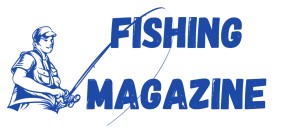
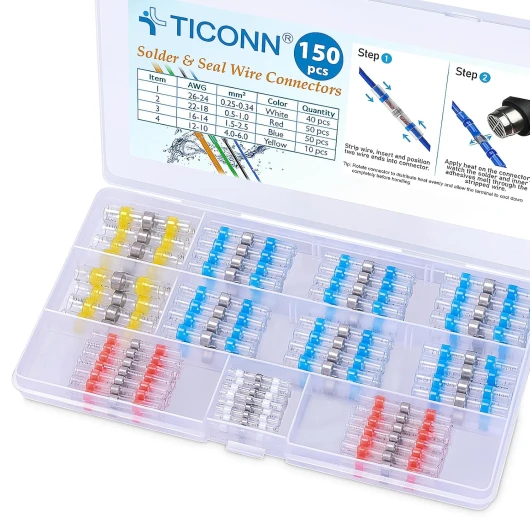
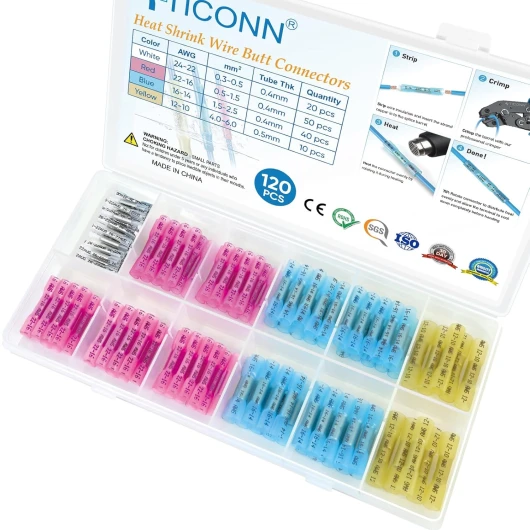
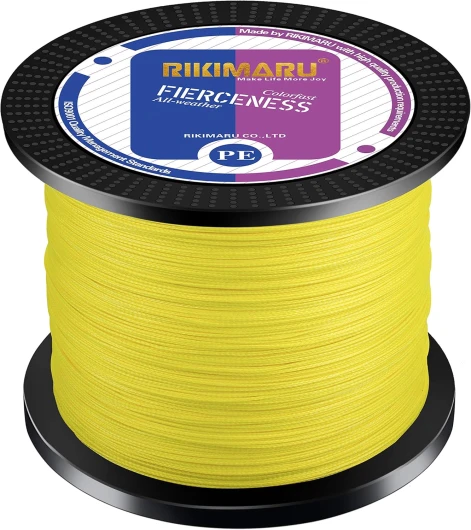

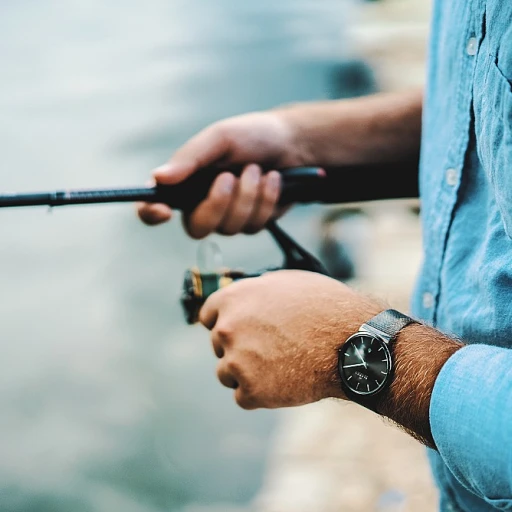
-large-teaser.webp)
